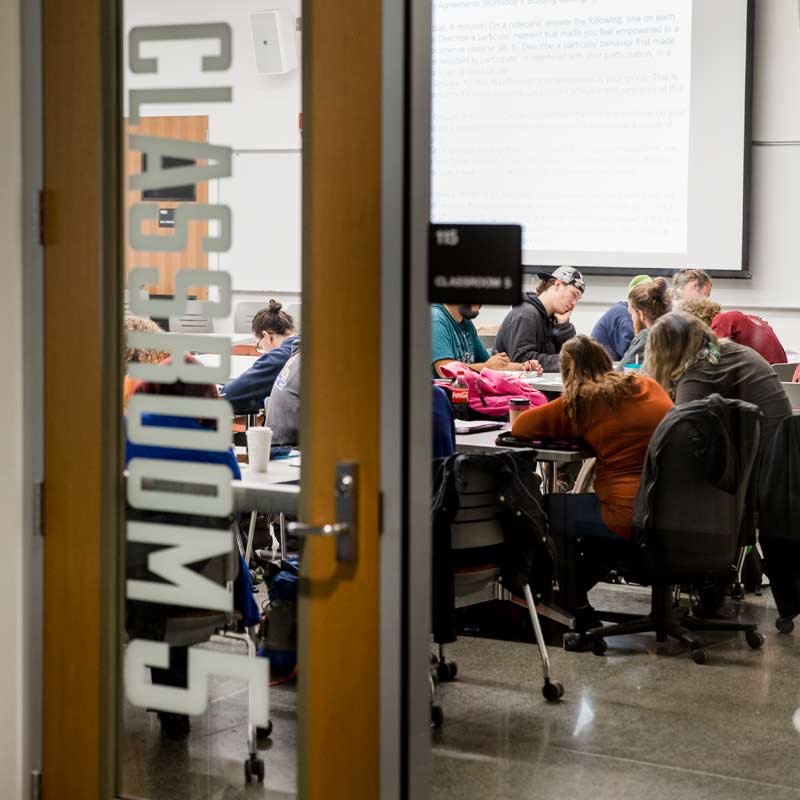Backward Design
Avoiding the twin sins of “activity-oriented” and “coverage-oriented” curriculum design
Backward design, also known as understanding by design, is a curriculum planning process that works as well for individual faculty as it does for departments and programs. Described by Ralph Tyler in 1948, backwards design resonates with other approaches to curriculum design Teaching for Understanding< Decoding the Disciplines, Threshold Concepts) that focus attention on wise use of instructional time, given what’s most important for students to know and be able to do at the end of the course or program.
Jay McTighe and Grant Wiggins, authors of widely cited workbooks (PDF) on backwards design, advocate an approach to curriculum planning centered on these three groups of questions:
- Identify desired results: What should students know, understand, and be able to do at the end of their experience? What content is worthy of understanding? What enduring understandings are desired?
- Determine acceptable evidence: How will we know if students have achieved the desired results? What will evidence of student understanding and proficiency look like?
- Plan learning experiences and instruction: With clearly identified results and evidence of understanding in mind, what are the most appropriate instructional activities?
Activity orientation vs. asking about best uses of class time
Nearly everyone who uses backwards design rubs into the temptation to reuse activities “that really worked”! Backwards design pushes us to adopt an inquiry stance, regularly asking whether, and how, the activities we develop are helping students achieve the desired results.
Coverage orientation vs. creating opportunities for students to develop their understanding
Pragmatic students notice what teachers give points for. If we want to promote deeper learning, we need to design more and better course-embedded direct assessments of learning in the form of carefully crafted and scaffolded assignments. Dee Fink’s work on Creating Significant Learning Experiences has been widely used on campuses to support these kinds of discussions. More recently, Learning That Matters: A Field Guide to Course Design for Transformative Education by Zhender et al. integrates design frameworks with equitable student success and teacher identity.

